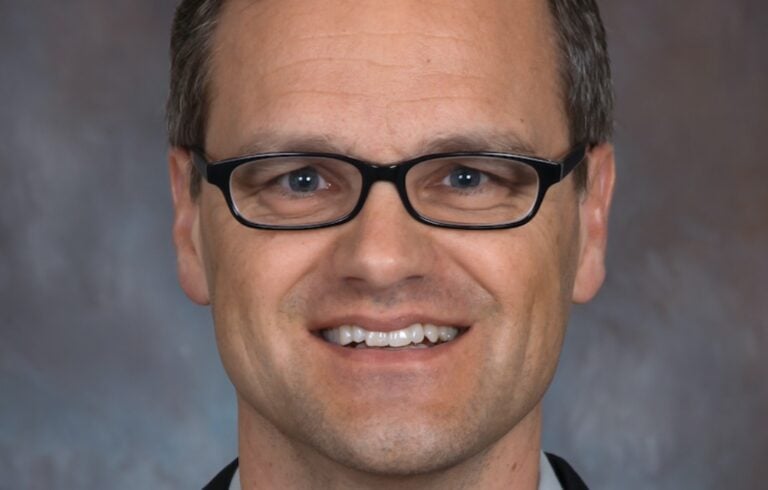
There are hard realities to being a new CEO.
First, there is the mythology of what to expect, and then comes the actual experience of being at the top. As senior executives assume new CEO roles, they would do well to take the advice of seasoned CEOs who speak from that experience firsthand.
Over the decades, I’ve asked questions that tend to reveal the unspoken challenges of new CEOs. Through research and interviews with seasoned CEOs, we have identified three issues that often vex new leaders. Let me share their experiences, as well as my own, in dealing with these realities.
1. “I didn’t decide soon enough on who stays and who leaves.” When you ask CEOs what they would do differently if they could turn back time, most claim they would have moved sooner in finalizing their executive team. CEOs share that the challenge is not about making those tough decisions but not having made them much earlier, so they could have moved forward on their initiatives sooner and with more resolve. In our survey of 100 long-term CEOs, when asked, “What advice would you have for a new CEO?” the second most offered tip—next to the CEO’s personally getting involved—is to move fast to ensure the right team is in place and to build a high degree of trust with that team. Not making the people decisions delays aligning the senior team and enlisting them in driving change. Moreover, not moving decisively on the senior team can make this next reality an even harder “lesson learned.”
2. Getting the over and under right on power. New CEOs often overestimate how much power the office has to dictate change. They overestimate their titles’ ability to push through resistance inherent in any organization. John Rowe, former chair and CEO of Exelon Corporation, illustrates it this way: “It’s a lot like being a little person on top of a huge elephant. If you’re lucky, the elephant goes where you want, but never think you’re bigger than the elephant.” New CEOs often underestimate the importance of an aligned team driving change. Only through hindsight do they realize that the speed at which their initiatives cascade through the organization is a function of the certitude, unity and trust of the senior team.
3. “It really is lonely at the top.” Not having an aligned team and misjudging positional power often leads to a sense of aloneness. When you consider the magnitude of the responsibility, the job can become increasingly isolating when a new CEO doesn’t have a trusted senior team pulling together as one.
Eighty-eight percent of CEOs we surveyed for our research say that the sense of loneliness they feel is much greater than in any previous role they had held. Up to 50 percent express feeling isolated. Taking a step back, what applies to all of these issues is the importance of timing—that you, as a new CEO, should address each concern early on. At the start, you want to make an assessment of the senior team and deal head-on with people decisions. It’s what I often call the “pay-me-now-or-pay-me-later” dynamic. Next, dispel the notion that you can do this alone. Get the senior team engaged as a collective lever of change.
Discuss the pace that’s needed, the barriers that exist and coalesce around what your team will do as one united force for change. To perform at their best, CEOs need to be decisive about the team they will trust; they need to have a deeper appreciation for the limits—and power—of the office and they need to develop close confidants to assuage their frequent sense of loneliness. The most successful CEOs I’ve observed over the years are the ones who come to terms with these private yet pivotal trials of leadership early on in their careers.



Chief Executive Group exists to improve the performance of U.S. CEOs, senior executives and public-company directors, helping you grow your companies, build your communities and strengthen society. Learn more at chiefexecutivegroup.com.
0

1:00 - 5:00 pm
Over 70% of Executives Surveyed Agree: Many Strategic Planning Efforts Lack Systematic Approach Tips for Enhancing Your Strategic Planning Process
Executives expressed frustration with their current strategic planning process. Issues include:
Steve Rutan and Denise Harrison have put together an afternoon workshop that will provide the tools you need to address these concerns. They have worked with hundreds of executives to develop a systematic approach that will enable your team to make better decisions during strategic planning. Steve and Denise will walk you through exercises for prioritizing your lists and steps that will reset and reinvigorate your process. This will be a hands-on workshop that will enable you to think about your business as you use the tools that are being presented. If you are ready for a Strategic Planning tune-up, select this workshop in your registration form. The additional fee of $695 will be added to your total.

2:00 - 5:00 pm
Female leaders face the same issues all leaders do, but they often face additional challenges too. In this peer session, we will facilitate a discussion of best practices and how to overcome common barriers to help women leaders be more effective within and outside their organizations.
Limited space available.

10:30 - 5:00 pm
General’s Retreat at Hermitage Golf Course
Sponsored by UBS
General’s Retreat, built in 1986 with architect Gary Roger Baird, has been voted the “Best Golf Course in Nashville” and is a “must play” when visiting the Nashville, Tennessee area. With the beautiful setting along the Cumberland River, golfers of all capabilities will thoroughly enjoy the golf, scenery and hospitality.
The golf outing fee includes transportation to and from the hotel, greens/cart fees, use of practice facilities, and boxed lunch. The bus will leave the hotel at 10:30 am for a noon shotgun start and return to the hotel after the cocktail reception following the completion of the round.